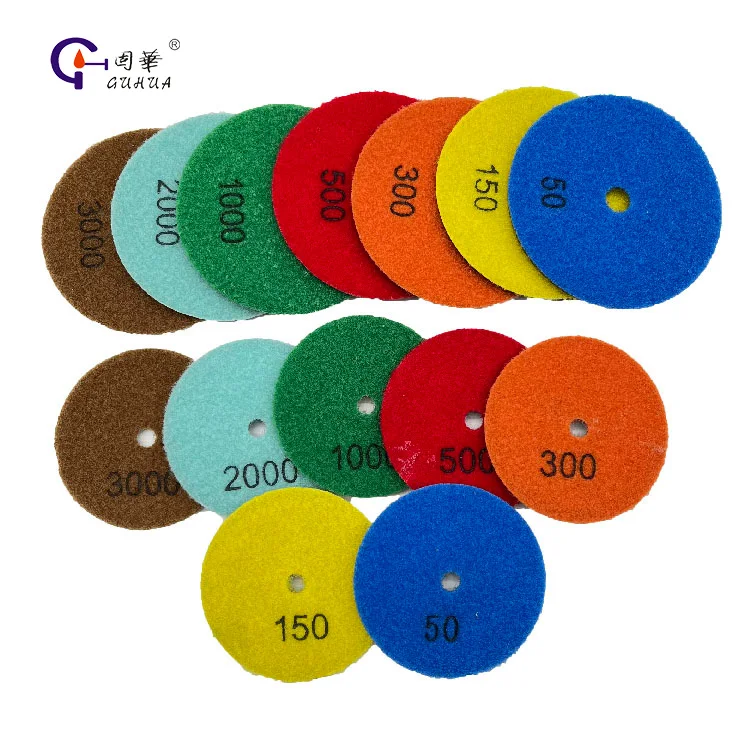How to Choose the Right Bond Type for Your Grinding Wheel
Grinding Wheel Bond Types Choosing the right bond type for your grinding wheel is extremely important. The bond type is what goes together to hold the little pieces that are grinding together in the wheel, which makes it strong and useful for grinding items. Various bonds are better suited for various tasks. Here we explain the various bond types for grinding wheels, and how to select the right one for your application.

Why the Right Bond Type Matters
The bond type of a grinding wheel basically acts as the glue holding everything together. It is a rather significant for ensuring proper function of the wheel during grinding. If the bond type is wrong for what you are Diamond disc for grinder the wheel will not work well, may wear prematurely, and/or create poor surface finishes. Choosing the Right Bond Type for Your Grinding Wheel
Types of Bonded Grinding Wheels
What are the types of grinding wheel bonds; there are vitrified, resin, rubber bonds. They each have their pros and cons depending on what you intend to do, which will make them better suited for some jobs than others. They are incredibly sturdy with good thermal resistance, making them ideal for heavy industrial grinding. Grinder disc diamond are much more softer and are appropriate for fine grinding. Rubber bonds help minimize the vibration and noise when grinding.
What to Consider When Selecting a Type of Bond
When selecting a bond type for your grinding wheel, consider what you will be grinding, the hardness level of the material, surface finish requirements and the speed of the Diamond saw blade for circular saw. These will assist you in determining which bond kind is suitable for you. The type of bond differs, for example, a resin bond may be best for soft materials while a vitrified bond may be better suited for harder materials.
Pros and Cons of Different Types of Bonds
There are good and bad points for each type of bond. Vitrified bonds are extremely effective and durable, yet they can fracture easily. Resin bonds provide a good finishing and can be used for wet or dry grinding, but they may wear out more quickly than vitrified bonds. Concrete blade for circular saw can help with shaking during the grinding process, but may wear out more quickly than vitrified or resin bonds. Evaluating the pros and cons of each bond type to determine which best suits your needs is a key consideration.
How to Determine the Most Suitable Type of Bond
These three tips can help improve your grinding and extend the service life of your grit and bond: When selecting a bond type to provide best grinding performance, keep these tips in mind.
Select a bond type according to the material you will use to grind the harder material.
Consider how smooth you want the surface to be and what the job requires.
Consider consulting an expert or supplier that specializes in grinding wheels to help find the best bond type for your application. Regularly check and maintain your grinding wheel for proper functioning.
Up next, selecting and utilizing the appropriate bond type for use in a grinding wheel can greatly influence the success of your grinding procedure. So, by understanding the various types through identifying the necessary factors, comparing pros and cons, and following useful tips, you can, if you choose the right bond type, ensure a successful and long-lasting performance of your grinding.



Comments
Post a Comment